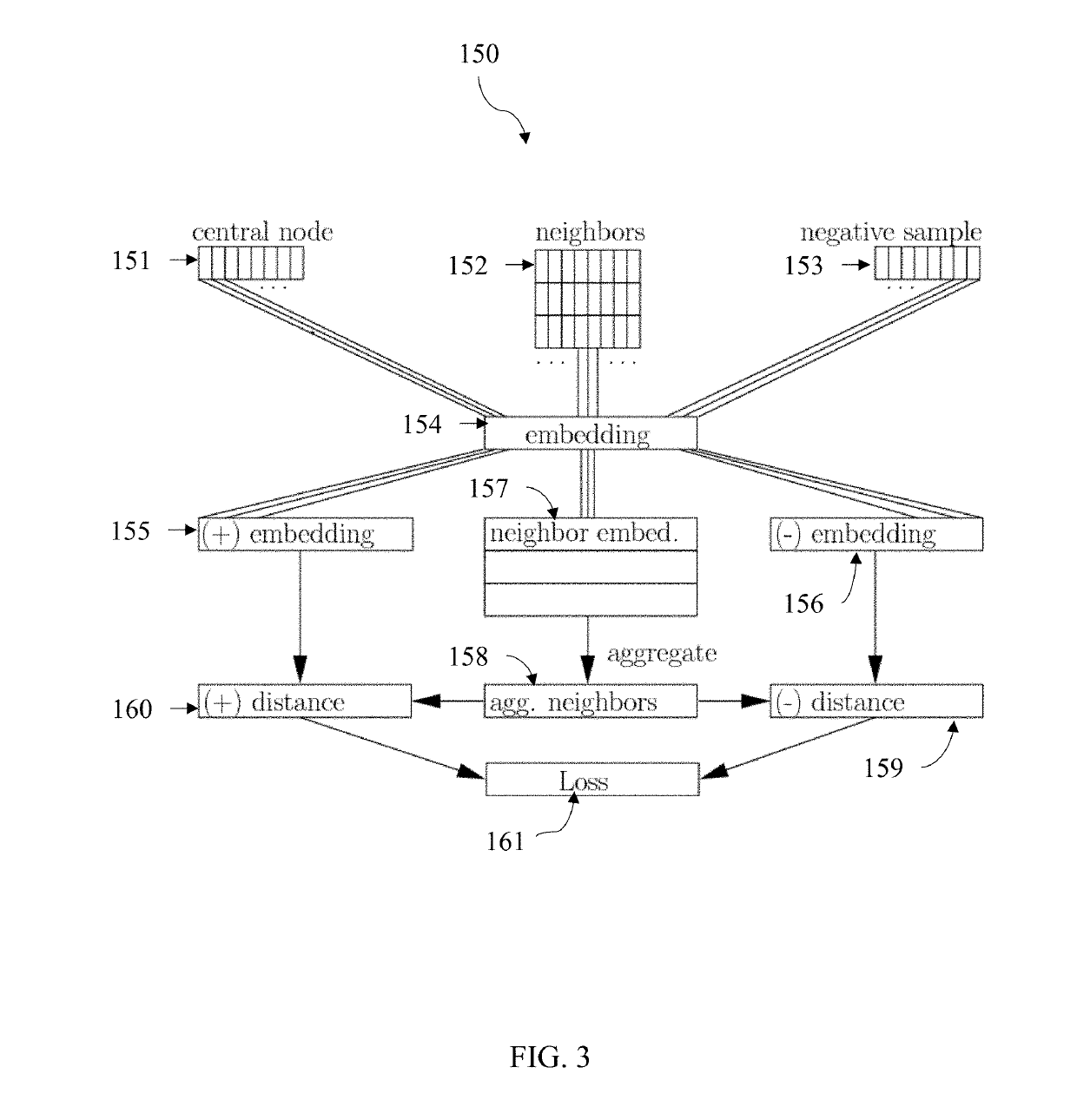Privacy-preserving method and system for medical appointment scheduling using embeddings and multi-modal data
a technology of multi-modal data and embedded data, applied in data processing applications, instruments, healthcare resources and facilities, etc., can solve the problems of poor accuracy and inefficiency scheduling, inaccuracy and inefficiency,
- Summary
- Abstract
- Description
- Claims
- Application Information
AI Technical Summary
Benefits of technology
Problems solved by technology
Method used
Image
Examples
Embodiment Construction
[0013]Large waiting times at hospital outpatient clinics are a cause of dissatisfaction to patients, cause additional stress to hospital staff, increase the risk of contagion, and add complications for patients with medical conditions. A recent report found that, in the U.S., the average wait time is 24 minutes, and that satisfaction declines as the waiting time increases, with 93.1% of patients being satisfied when waiting time is under five minutes, but only 84.9% satisfied when waiting time is over ten minutes (see Press Ganey, “Keep me waiting: Medical practice wait times and patient satisfaction,” Tech. Rep. (2009)).
[0014]While healthcare providers are increasingly relying on computer-based systems to schedule medical appointments, these systems are not sufficiently effective at reducing wait time; moreover, these systems do not efficiently allocate healthcare resources, and do not adequately maintain patient privacy. Moreover, traditional systems have no means to predict which...
PUM
 Login to View More
Login to View More Abstract
Description
Claims
Application Information
 Login to View More
Login to View More - R&D
- Intellectual Property
- Life Sciences
- Materials
- Tech Scout
- Unparalleled Data Quality
- Higher Quality Content
- 60% Fewer Hallucinations
Browse by: Latest US Patents, China's latest patents, Technical Efficacy Thesaurus, Application Domain, Technology Topic, Popular Technical Reports.
© 2025 PatSnap. All rights reserved.Legal|Privacy policy|Modern Slavery Act Transparency Statement|Sitemap|About US| Contact US: help@patsnap.com



